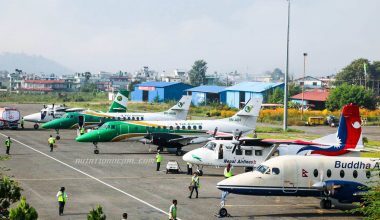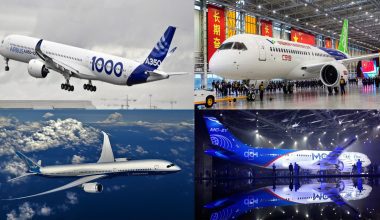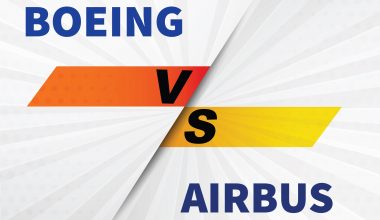Nepal’s aviation journey from Gaucharan to the international airport, from Dakota to Airbus 330, and several more. Let us have a glimpse at Nepal Aviation’s timeline from 1949 to 2020.
1949: The date declared the formal establishment of aviation in Nepal with the landing at Gauchaur of an Indian Ambassador Mr. Sarjit Singh Mahathia in 4-seater, single- powered engine, vintage Beechcraft Bonanza.
1950: Himalayan Aviation Dakota conducted the first charter flight from Gauchaur to Kolkata.
1955: King Mahendra inaugurated Gauchaur Airport and renamed it Tribhuwan Airport to honor his father.
1957: The grassy runway at Gauchaur Airport was turned into a concrete one. Civil Aviation Department began its service as an agency working under the Ministry of Work, Communication, and Transport.
1958: Royal Nepal Airlines began scheduled service both domestically and internationally. In this same year, many domestic airports were built, including Pokhara Airport and Simara Airport on 4 July, Biratnagar Airport on 6 July, Bharatpur Airport, and Gautam Buddha Airport.
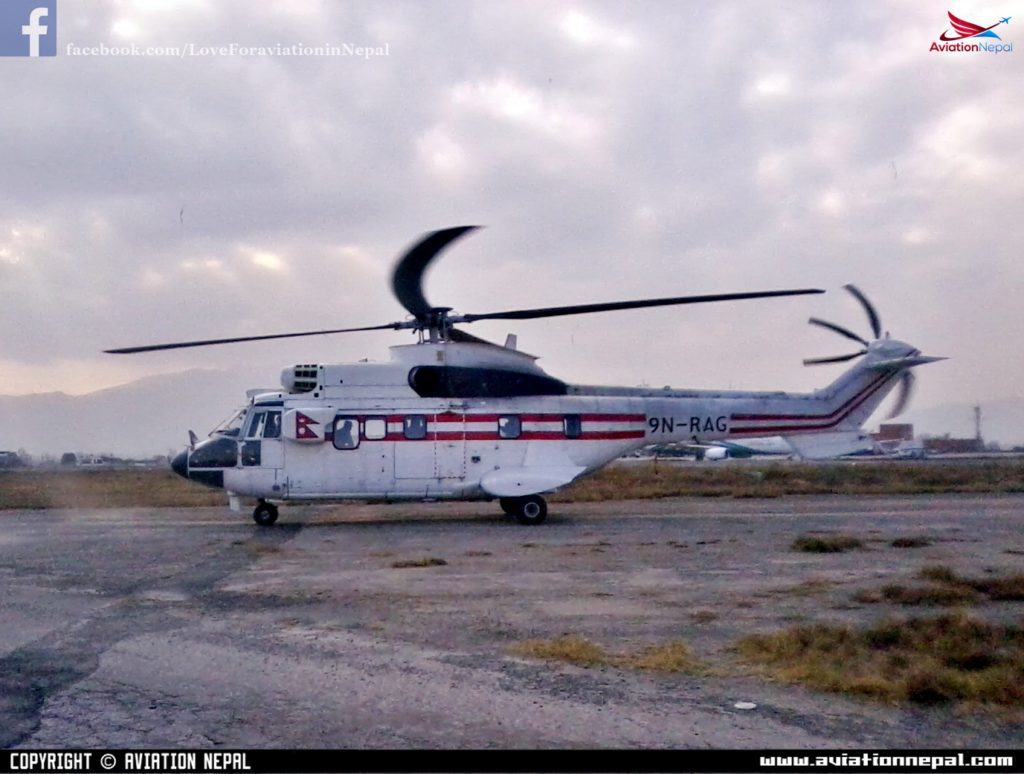
1959: HMG/N wholly-owned royal Nepal Airlines Cooperation (RNAC) as a public undertaking. Rajbiraj Airport was officially inaugurated by Transport Minister Ganesh man Sigh, but due to inadequate infrastructure and runway safety measures, the airport was closed.
1960: Nepal obtained the ICAO membership. On 5 November, Royal Nepal Airlines Douglas C-47A-80-DL (9N-AAD) crashed at Bhairahawa Airport and caught fire. All four crew members were killed. No passengers were on board. This incident was the first air accident in Nepal by a Nepali airline.
1961: Nepalgunj Airport was established. Queen Elizabeth II landed on a Dakota plane for her first visit to Nepal, one of the most popular arrivals at the airport.
1963: Bhadrapur Airport was established.
1964: Tribhuvan Airport was renamed Tribhuvan International Airport. Tenzing Hilary Airport was constructed under the supervision of Sir Edmund Hilary.
1966: Surkhet Airport was established.
1967: The runway of 3,750 feet long was extended to 6,600 feet. German airline Lufthansa Boeing 707 landed to mark the first jetliner aircraft to land in Nepal.
1968: Thai International introduced its scheduled jet air services at TIA.
1971: Syangboche Airport at Solukhumbu district was established.
1972: Boeing 727/100 of Royal Nepal Airlines, a Nepalese jet aircraft, makes its debut at TIA. Nepalese workers took over ATC services from Indian technicians. Tumlingtar Airport was established on 1 October.
1973: On 10 June, The Royal Nepal Airlines flight from Biratnagar to Kathmandu, operated by Havilland Canada DHC-6 Twin Otter (9N-ABB), was taken over by three hijackers of the Nepali Congress Party, who demanded money and escaped after landing in Bihar, India. None of the three crew members and 18 passengers was injured. Airports like Chaurjahari Airport and Doti Airport started on 24 September.
1975: The TIA runway was expanded to 10,000 feet from the original 6600 feet. Rara Airport, known as Talcha Airport, was started.
1976: FIC (Flight Information Center) was set up in TIA. Taplejung Airport, Bajhang Airport, and Phaplu Airport were started in October of this year.
1977: Nepal imprinted in the Aeronautical World.
1981: Manang Airport, the highest airport in Nepal, was started on 28 February.
1987: For the first time, Air France Concorde landed in Kathmandu.
1989: Building of International Terminal Building of TIA was completed.
1990: King Birendra inaugurated the new TIA Building International Terminal.
1992: The implementation of the Liberal Aviation Strategy and the development of the private sector in domestic air transport. Necon Airlines was established on 14 September was the first private airline of Nepal to start a domestic flight from TIA. On 31 July, an Airbus A310-304, operating as Thai Airways International Flight 311, crashed into the mountain as it approached Kathmandu, killing all 113 people on board. On 28 September of the same year, an Airbus A300 B4-203 aircraft operating as Pakistan International Airlines Flight 268 crashed while approaching Kathmandu, killing all 167 onboard, making it the worst air accident in Nepal aviation history.
1993: The government of Nepal introduced its first-ever Civil Aviation Policy.
1995: Domestic terminal Building of TIA and Apron extended to TIA.
1996: Buddha Airlines was established on 23 April, and it is the longest surviving private airlines.
1997: Airport Surveillance Radar (ASR) and Secondary Surveillance Radar (SSR) was installed.
1998: The COSCAP-SA project was set up. Honorable P.M. Girija Prasad Koirala inaugurated the newly installed RADER in TIA. Yeti Airlines was started on 17 August. Civil Aviation Authority of Nepal became an independent Nepali government body.
2001: Tenzing Hilary Airport paved.
2002: TIA International Terminal Building was expanded, and a new air cargo facility was developed.
2004: Domestic service of jet aircraft was started.
2005: The international flight of two private operators began.
2006: New detailed aviation strategy was implemented. GMG Airlines from Bangladesh, Korean Air, and Air Arabia have launched an air service to Nepal. On 23 September, a Shree Air Mil Mi-8 helicopter operating on a chartered mission to Kathmandu crashed shortly after leaving Ghunsa, Taplejung. All four crew members and 20 passengers died in the accident, including several senior officials from the World Wide Fund for Nature and government officials from Nepal, Gopal Rai and Harka Gurung, and conservationist Chandra Gurung.
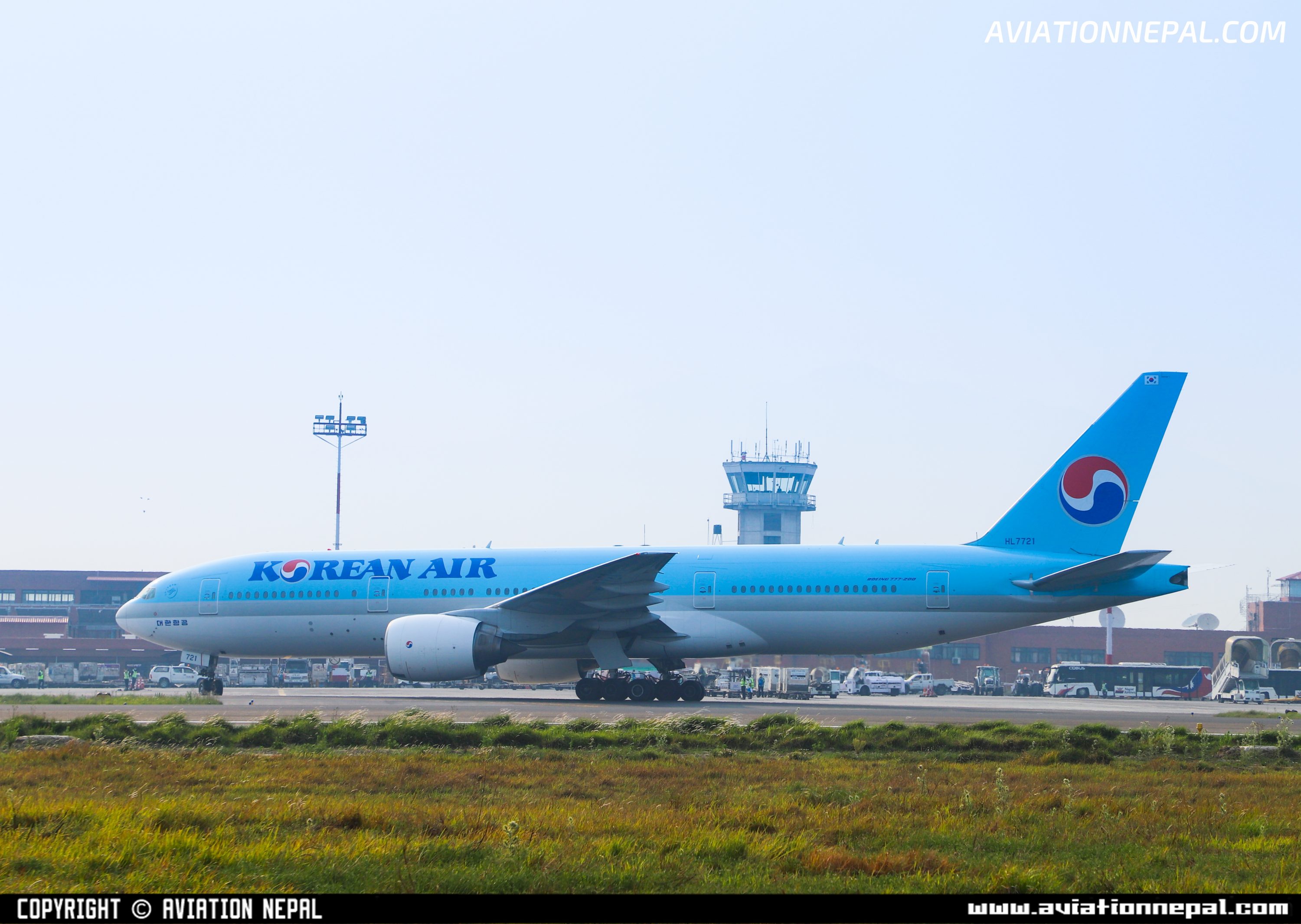
2007: Etihad, Dragon Air, Orient Thai, and Hong Kong Express began their service to Nepal. In May, Austrian Airlines discontinued its flight to TIA from Vienna, Nepal’s only direct airline to Europe. Royal Nepal Airlines was renamed to Nepal Airlines.
2009: Remote Control Air-Ground (RCAG )station was built in Nepalgunj to increase VHF communications coverage in the field of air traffic control.

2010: SDR 44388000 agreements were signed between the Government of Nepal and CAAN to enhance the TIA project under the ADB loan.
2011: Runways of Tumlingtar and Simikot were paved. Navigations system like DVOR/DME was installed on Kathmandu and Biratnagar. On 25 September, Beechcraft 1900D, operating as Buddha Air Flight 103, landed as it approached Tribhuvan International Airport. Onboard were 16 passengers and three crew members.
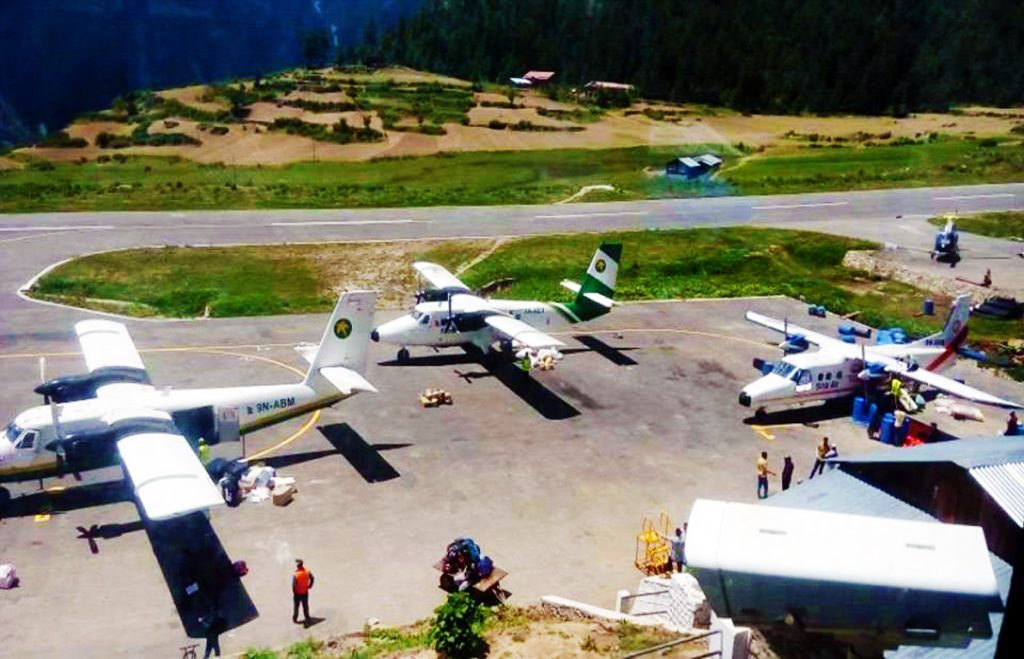
2012: Implementation of RNP AR procedures at TIA with effect from June. AMHS commissioned CAA to obtain TRAINAIR PLUS Associate Membership from ICAO.
2013: CNS & ATM system installed and equipped at TIA to increase ATC performance. DVOR/DME and RMM were upgraded in Nepalgunj, Bhairahawa, Simara, and Maintenance Hut. Turkish Airlines launched direct flights from Istanbul to Kathmandu, restoring Nepal’s link to continental Europe. The European Commission banned all Nepalese airlines.
2014: Terminal Monopoles Secondary Surveillance Radar (T-MSSR) was constructed and launched at TIA and the MSSR at Bhattedanda under the Japanese Grant Aid. Runways of Chaurjahari Airport, Phaplu Airport, Rukum Salle Airport were blacktopped. Himalayan Airlines established as an international airline. The first-ever aviation museum was created in Dhangadhi by Bed Upreti Foundation.

2015: The foundation stone of Gautam Buddha International Airport lay down by Rt. Hon’s PM, Sushil Koirala. New Domestic Terminal Building designed at TIA. Manang Airport, Man Maya Airport, Thambharba Airport, Ramechap Airport, and Rara Airport were blacktopped.
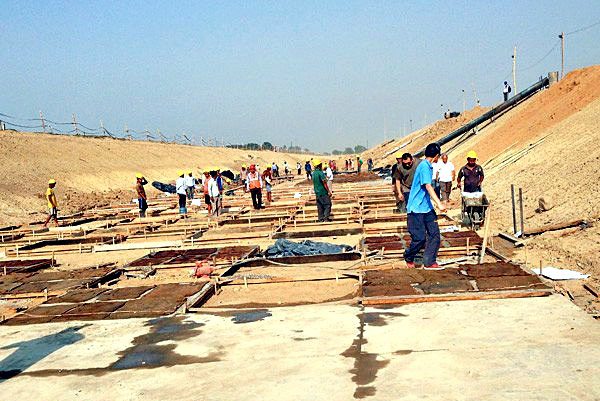
2016: Pokhara Regional/Intl’ Airport Construction foundation Stone set up by Rt. Hon’ PM K.P. Oli on 13 April.
2017: New Aviation museum was created in Kathmandu by Bed Upreti foundation.
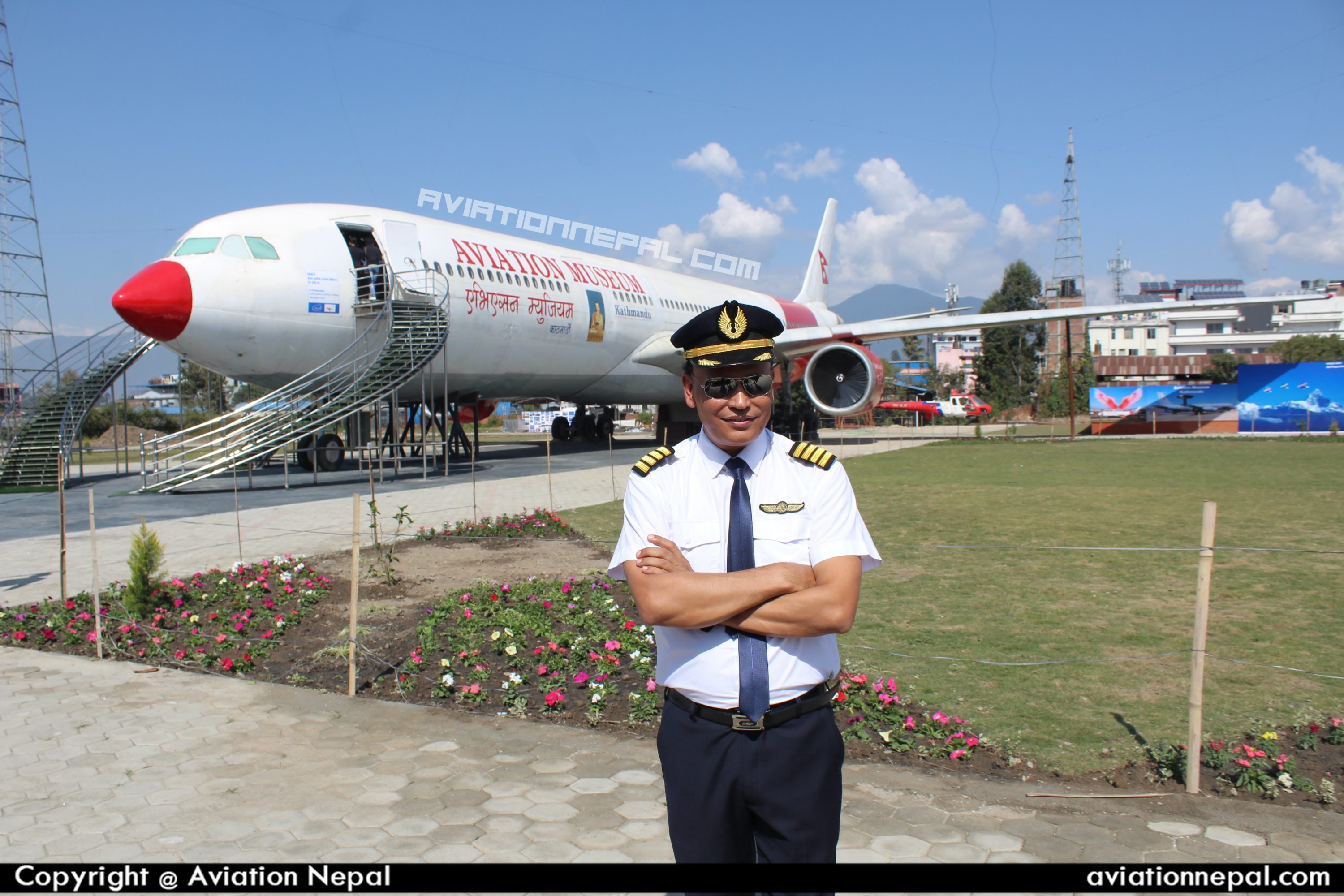
2018: On 31 January, Prime Minister K.P. Oli inaugurated the newly-built RNAV system at the Bhadrapur airport, making it capable of handling night flights. On 12 March, the Bombardier Dash 8 Q400, operating as US-Bangla Airlines Flight 211, carried 67 passengers and four crew on the runway, crashed on the east side of Tribhuvan International Airport before catching fire. Forty-seven passengers and four crews were killed. Nepal Airlines bought 2 Airbus 330, one of the most expensive aviation purchases in Nepal’s Aviation history.
2019: Yeti Airlines became the first Carbon Neutral airline in South Asia and Nepal. On 27 February, Airbus Helicopters H125 crashed in Taplejung while conducting a charter flight. All of the seven persons on board died, including the Nepalese Minister of Tourism Rabindra Prasad Adhikari.
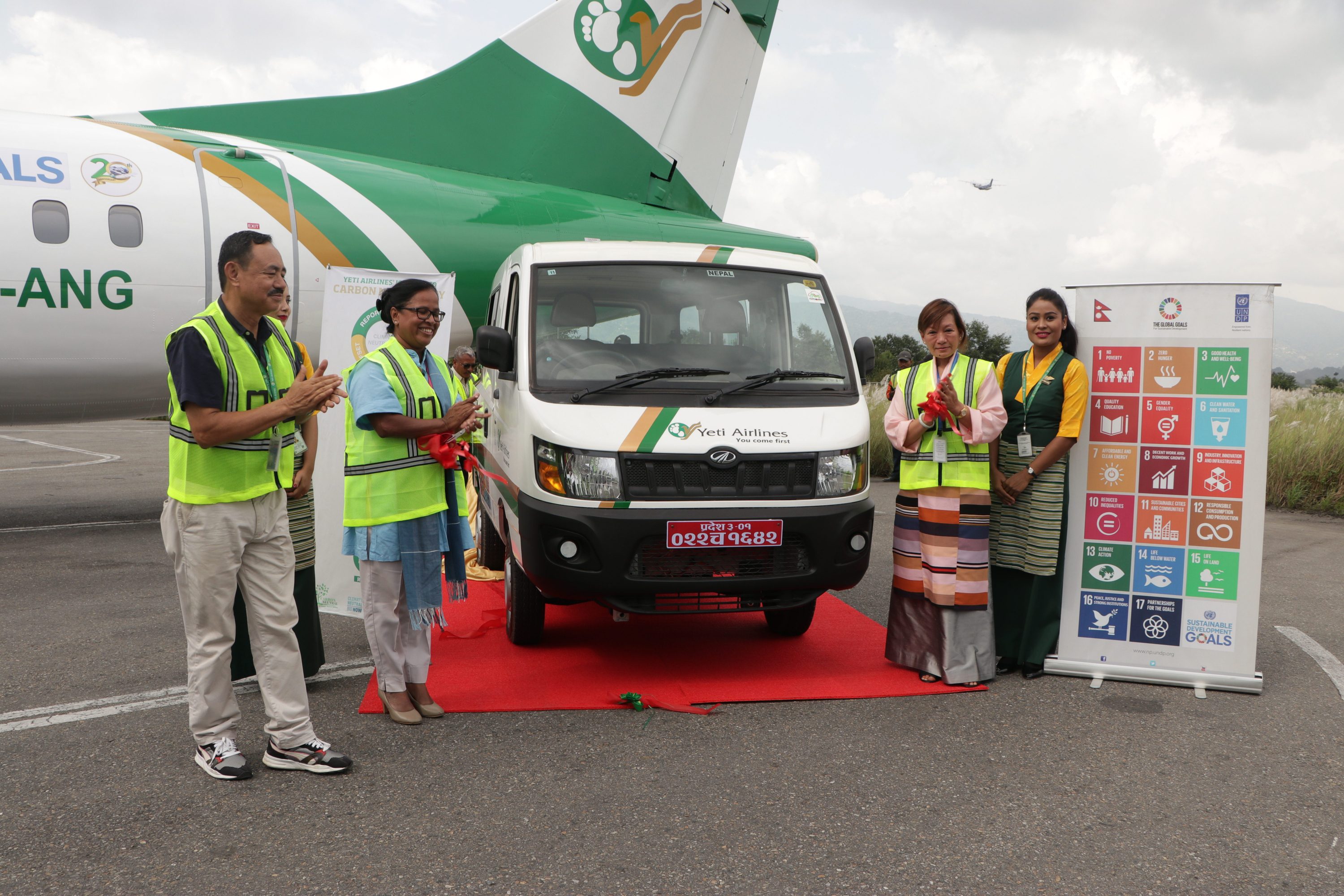
2020: The runway was expanded to 3,350 meters (10,990 ft), the departure hall was extended to handle 1,500 more passengers, the arrival area was extended to a lower level, and the immigration hall was facelifted. All International and Domestic flights were suspended following the Corona outbreak.


